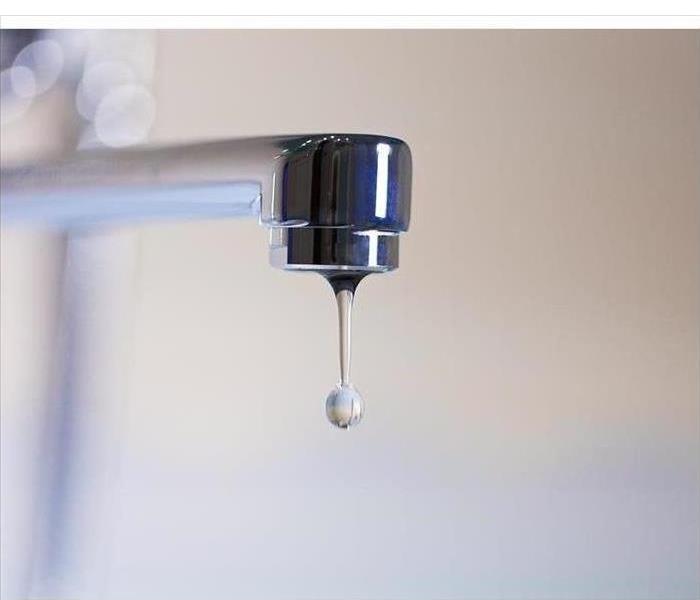4 Tips To Prevent Frozen Pipes
2/9/2022 (Permalink)
Prevent Frozen Pipes
Cold weather can cause your pipes to freeze and even burst. Frozen water puts incredible pressure on pipes and can cause them to crack, resulting in water damage when the ice thaws and water begins to seep through the cracks. Pipes located in areas of your home with little insulation, such as outdoor and attic pipes, typically have a greater risk for freezing, but it is important to monitor all pipes in your Stillwater, OK home for cracks during cold weather. Waterline repair can be expensive, so when facing particularly cold temperatures, it is usually a good idea to use these four tips to keep from having frozen pipes.
1. Keep the thermostat the same temperature both day and night. Lowering the temperature in your home at night may help lower your electricity bill, but the change in temperature may put added pressure on your pipes. By not changing the thermostat, the water flowing through pipes is kept warmer, and you can probably avoid a frozen pipe disaster.
2. Let water drip from the faucets. Your pipes are usually at the greatest risk of freezing during sudden cold snaps. Flowing water is less likely to freeze, so letting water drip continuously from kitchen and bathroom faucets can prevent frozen pipes. Periodically running the faucets at full blast may also be a good idea.
3. Open cabinet doors. Exposing pipes to warm air helps keep them from getting too cold. Because most exposed pipes are located under kitchen and bathroom cabinets, opening the doors can help warm air circulate around the pipes.
4. If you are traveling, set the thermostat above 55°F. When you will be away from home, you probably don’t want to waste electricity warming your property. Resist the urge to set your thermostat lower than 55° F, because your water pipes still need to stay warm.
Dealing with frozen pipes in Stillwater, OK can be a nightmare. Using the above four tips during freezing weather can usually help you avoid expensive water line repair.



 24/7 Emergency Service
24/7 Emergency Service
